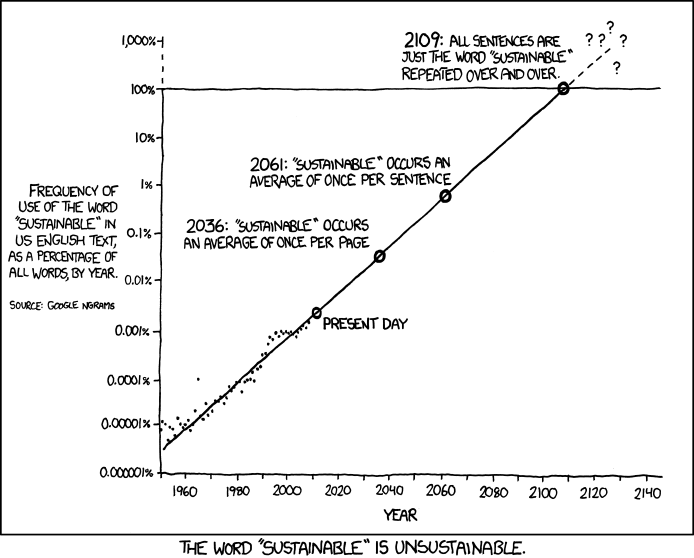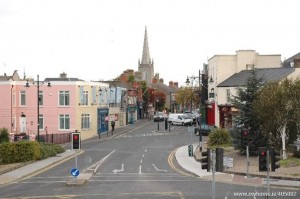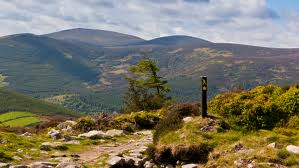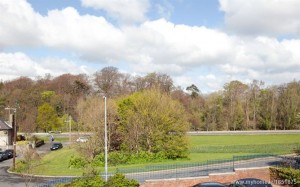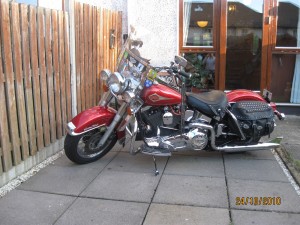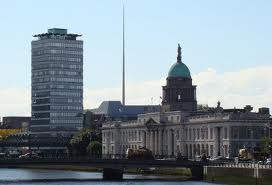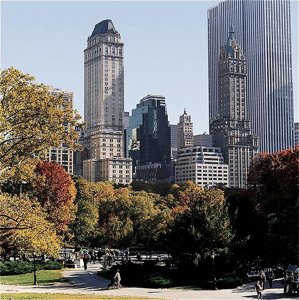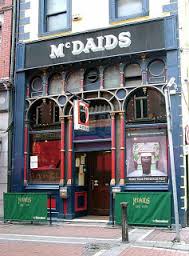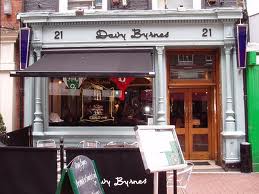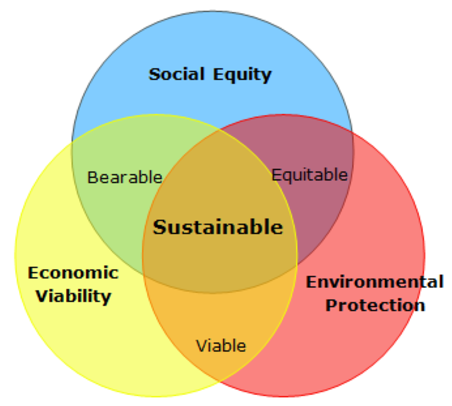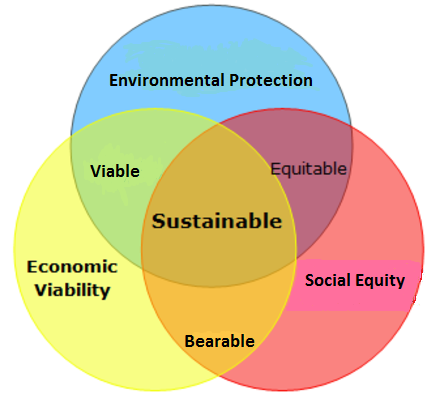One of a series of Blogs as part of a sustainability study course
Sustainability, society and you: The University of Nottingham
Being overweight is caused by over eating relative to the amount of activity or exercise.
One of the absolute rules of the universe is that you cannot create energy from nothing.
The foods we eat is converted into energy by the body, if we don’t use the energy, it is stored as fat for future energy use.
It is not possible to eat 1kg of food and produce 1.5kg of energy/fat so anyone who is overweight is eating more food than they need, for the amount of energy they consume.
The following are interesting current facts
In Ireland 18% of adults are obese. Of these, slightly more men than women are obese http://www.dohc.ie/publications/report_taskforce_on_obesity_es.html
In the UK , in 2011 24% of men and 26% of women were obese.
http://www.nhs.uk/news/2013/02February/Pages/Latest-obesity-stats-for-England-are-alarming-reading.aspx
USA
Thirteen states now have adult obesity rates above 30 percent, 41 states have rates of at least 25 percent, and every state is above 20 percent, according to the report. http://www.rwjf.org/en/research-publications/find-rwjf-research/2013/08/f-as-in-fat–how-obesity-threatens-america-s-future-2013.html
When we combine the fact that 50% of all food produced in the world is wasted without being used http://www.theguardian.com/environment/2013/jan/10/half-world-food-waste and the fact that 18-25% of the populations of Ireland/UK are eating more food than they need, food waste is a serious sustainability issue for these islands.
The economic costs: A study by Safefood Ireland showed that the cost of overweight and obese people on the island of Ireland is €1.6bn. http://www.safefood.eu/News/2012/New-study-reveals-the-annual-cost-of-overweight-an.aspx
The UK and Ireland have very similar demographics with the UK mainland population being 10 times bigger than the island of Ireland so, that €1.6bn would equate to £13bn in the UK.
This is definitely something that each individual can control as part of a contribution to a more sustainable planet.
